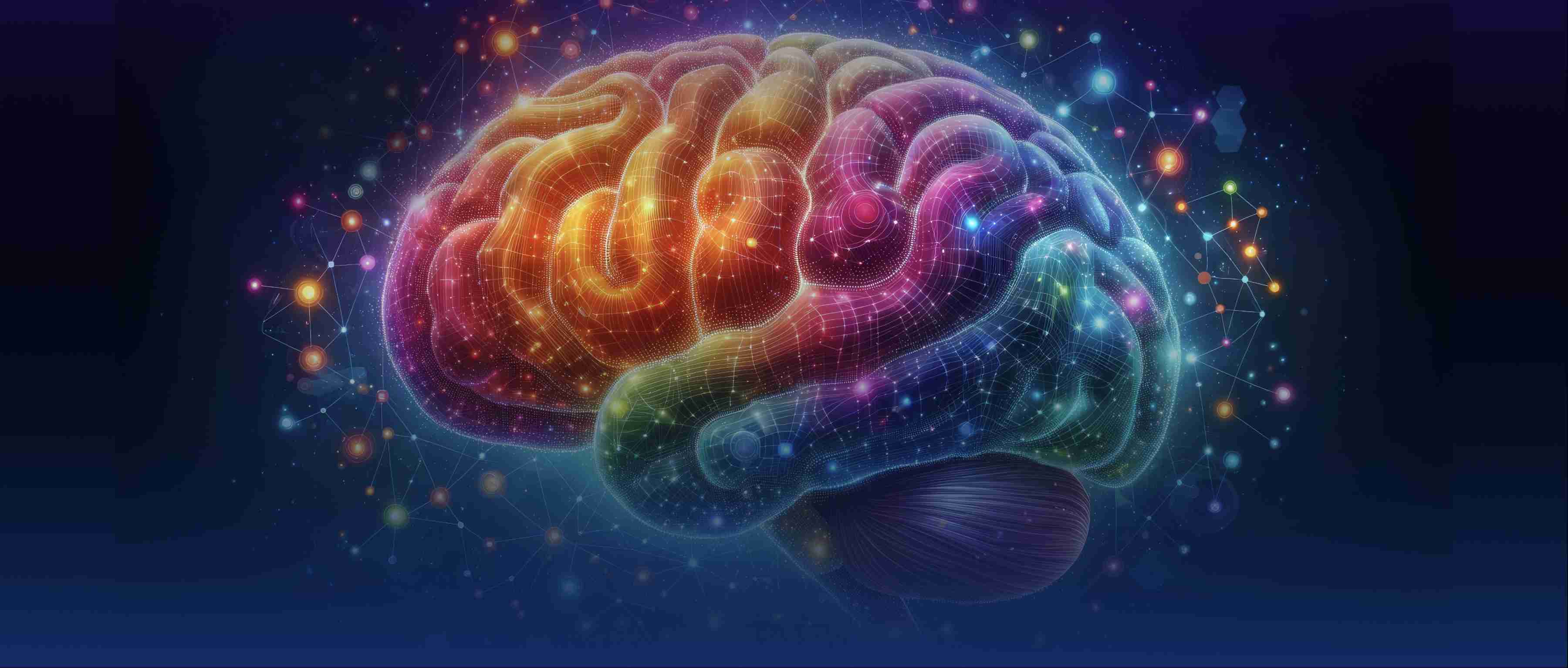AI handles commonsense reasoning by using a combination of large datasets, machine learning models, and specific algorithms tailored to understand everyday human experiences. Commonsense reasoning involves the ability to make sound judgments based on common knowledge we often take for granted, like understanding that a person who leaves their umbrella at home might get wet if it rains. AI systems are trained on extensive data that includes various examples of human reasoning in context, which helps them to recognize and replicate similar reasoning in new situations.
One of the primary methods AI uses to perform commonsense reasoning is through pre-trained language models. These models, such as GPT or BERT, analyze vast amounts of text from books, articles, and online content. By doing so, they learn patterns in how language is used and the relationships between different concepts. For instance, if an AI model encounters statements about a person eating an ice cream cone on a hot day, it may learn that it is typically a pleasant experience. Over time, these models improve their ability to predict outcomes and understand implied meanings based on the context, allowing them to make more commonsense judgments.
However, despite advancements, AI still faces challenges in fully mastering commonsense reasoning. For example, while AI might understand that people prefer to stay dry and therefore would carry an umbrella if rain is predicted, it can struggle with more nuanced situations or culturally specific knowledge. To address this, researchers are exploring ways to augment language models with structured knowledge bases and contextual information. Such enhancements can help AI systems draw more accurate conclusions and make better-informed decisions, ultimately bridging the gap in commonsense reasoning capabilities.
